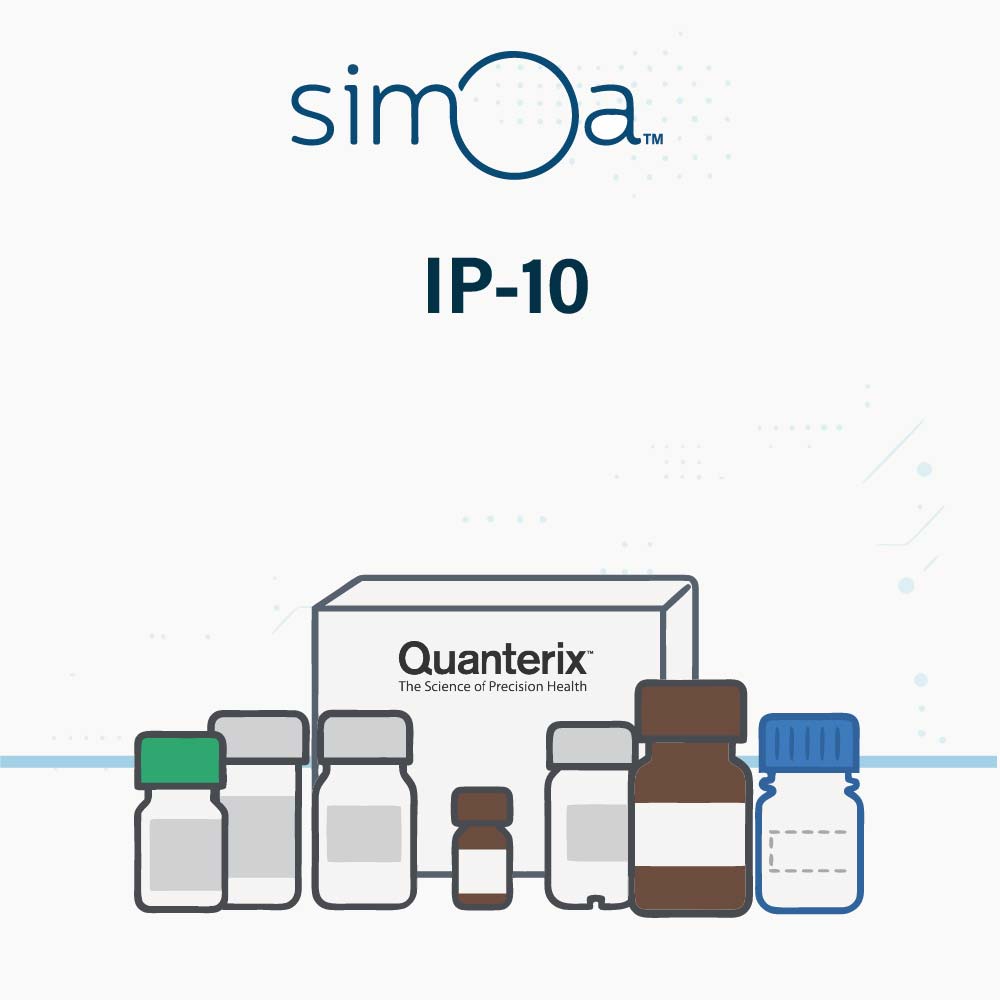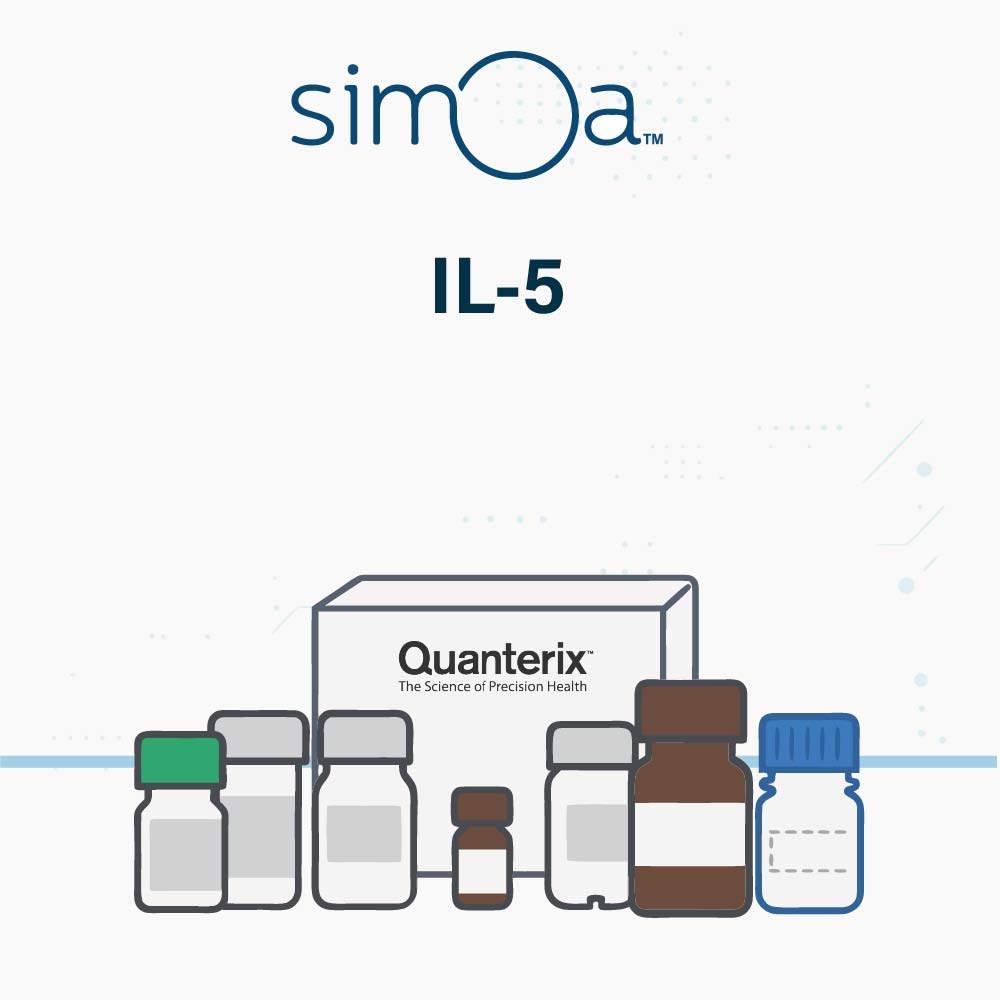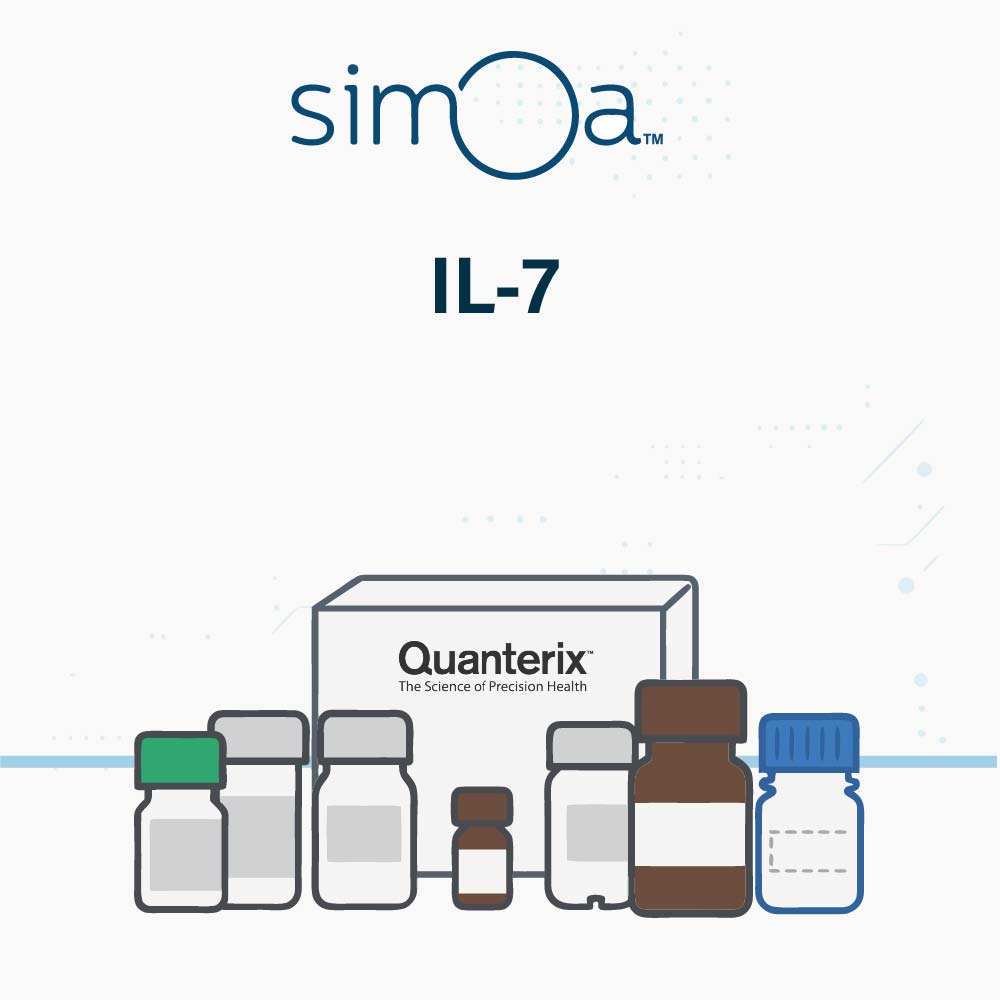Description
p-Tau 212
Explore how p-Tau 212 is transforming Alzheimer’s disease research and diagnostics. As an early-to-mid stage biomarker, p-Tau 212 offers high accuracy in detecting Alzheimer’s pathology—years before symptom onset. Powered by Simoa® technology, this biomarker is validated in plasma, CSF, and serum, providing ultra-sensitive detection for both sporadic and Down Syndrome-associated Alzheimer’s disease.
Phosphorylation of tau at threonine 212 (p-Tau 212) marks an early-to-mid phase event in
Alzheimer’s disease (AD) pathophysiology. This site reflects distinct conformational shifts in
tau protein that are associated with disease progression, particularly in the context of tau
and amyloid co-pathology. Recent studies have shown that p-Tau 212 is a highly accurate
and accessible blood-based biomarker for Alzheimer’s pathology in both sporadic and Down
Syndrome-associated AD.
Biological Mechanism
Threonine 212 lies within a proline-directed phosphorylation motif on tau protein, targeted
by kinases such as GSK-3β. Its phosphorylation is implicated in the early stages of tau
misfolding and tangle formation. p-Tau 212 is co-localized with other disease-enriched
phospho-epitopes such as p-Tau 217 and p-Tau 205 in neurofibrillary tangles, making it a
strong surrogate for tau pathology development.
Disease Stage Context
p-Tau 212 increases early in AD pathogenesis, often preceding clinical symptoms. It
remains elevated throughout the continuum, tracking closely with amyloid PET and tau PET
positivity. In Down Syndrome Alzheimer’s Disease (DSAD), p-Tau 212 levels rise as early as
15 years before dementia onset, offering a powerful window for preclinical detection.
Assay Performance Characteristics
The Simoa p-Tau 212 assay offers exceptional sensitivity and specificity: ®
Lower limit of detection (LOD): sub-femtomolar range
Quantifiable in CSF, serum and plasma
Available on the HD-X platform
Research and Clinical Applications
p-Tau 212 supports a wide range of research and clinical applications:
Early detection in preclinical and prodromal AD
Screening and stratification in clinical trials
Disease monitoring and progression tracking
Diagnostic support in Down Syndrome-associated AD








Reviews
There are no reviews yet.